WHAt’s Next in 3D Printing
Building technology and development are constantly evolving. It’s our responsibility within the industry to stay up to date, learn, and incorporate these fast-developing systems into our professions. 3D printed technology has helped many industries and has now made its way into construction. Let’s take a look at a couple of powerhouse companies using it well.
One Austin-based company, Icon, has teamed up with 3Strands to develop the first 3D printed home community for sale in North America. Homes ranging from 900 to 2000 sq. ft. outside of Austin are the first of their kind but certainly not the last. “All four homes feature large covered front porches, covered parking, open concept floor plans, bespoke interior design, vaulted master bedrooms, large North-facing windows, secluded office/bedrooms, and minimalist architectural aesthetic” (The Icon Team). Although this community is what has caught the housing market’s attention, Icon has been innovating since its founding in 2017. In its first year, Icon teamed up with the nonprofit group, New Story, to print a 350 square foot home in just 48 hours as a proof of concept for housing solutions in developing countries. They went on to build a 3D-printed community of homes in Tabasco, Mexico. Today, the company continues to diversify. They have partnered with the US military to construct barracks outside of Austin and have received funding from NASA to collaborate with world-famous architecture firm BIG to create a 3D printed habitat that “support[s] long-duration, exploration-class space missions” (The Icon Team).
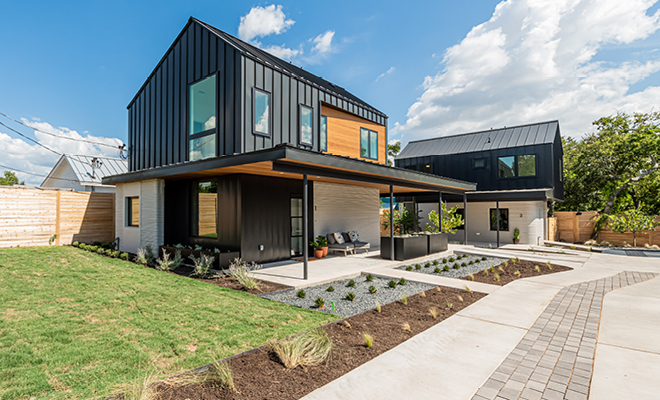
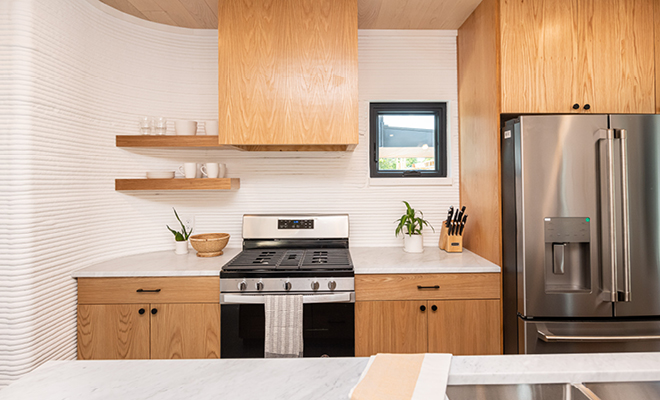
Mighty Buildings, another construction technology company working in Oakland, has been successful at 3D printing and prefabbing many micro-units since the company was founded in 2017. Considering 49% of buyers would take a highly functional micro house paired with rising interest in ADUs, their success is merited (Zonda Research). They have continued their growth with the “first 3D printed zero net energy community” featuring mid-century modern architecture near Palm Springs (https://mightybuildings.com/projects/rancho-mirage). Each of the 15 properties has a pool, an ADU, and options for certain upgrades, such as cabanas and hot tubs.
Of course, we can’t look at this technology and not think of what the repercussions to the industry might be, both good and bad. I’ve listed just a few to think about.
Buyer Trends: Buyers are expected to be receptive to these communities. According to Zonda’s housing trends survey, technology continues to be highly demanded in homes and 58% of buyers want a “somewhat more modern architectural style.” Buyers value interesting contemporary architectural designs, and 3D printed technology can execute various desired shapes and a clean look with impeccable and consistent precision.
Builder Relevance: Some say that 3D printers will become a standard for companies to remain relevant. Although technology and buyers have evolved, many other builders are “stuck in traditional designs” says Zonda’s research.
Labor Impacts: There will be fewer on-site accidents, but equipment requiring full-time monitoring also involves extensive training. Additionally, as such reliance on technology increases, the number of traditionally skilled craftsmen and trades will continue to be in perpetual decline.
Environmental Impact: By limiting excess material and not requiring formwork, concrete will be used more efficiently, creating less construction waste.
City Regulation: Inevitably, when new technology or trends arise, codes and regulations follow; cities must invest time and energy to update their codes to incorporate these new methods of building.
Just like any new technology, there will be growing pains, but this seems like it is here to stay. Keep an eye out for how these companies and others continue to push the boundaries in construction.
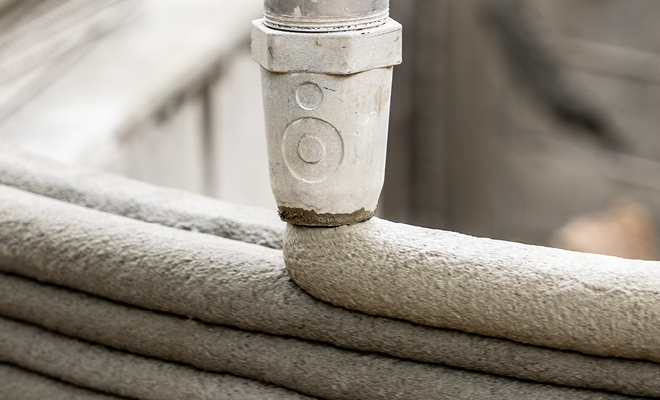

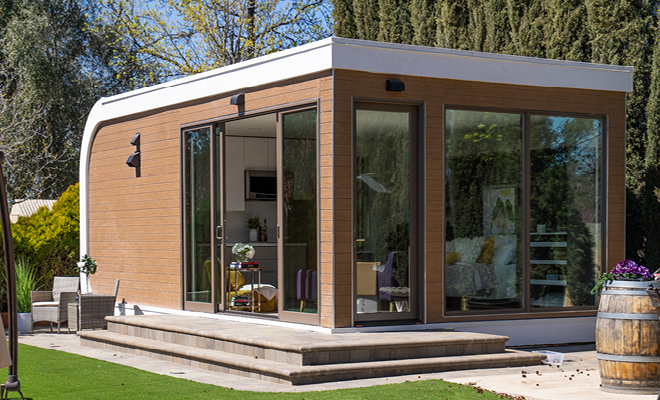
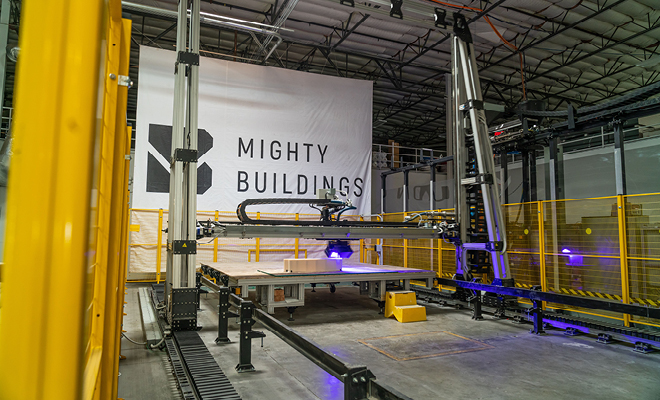



Leave a Reply